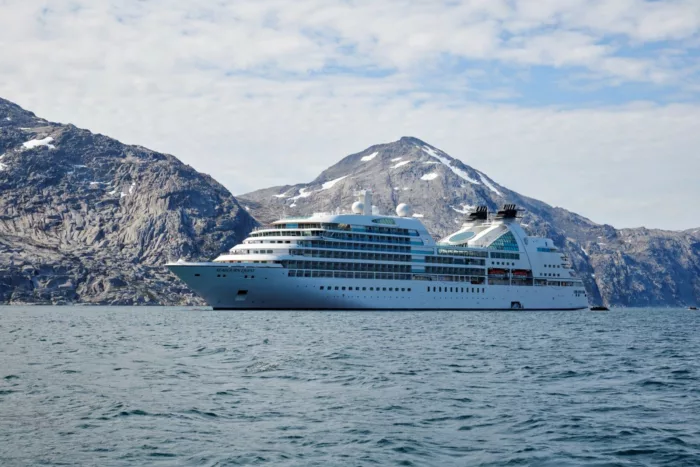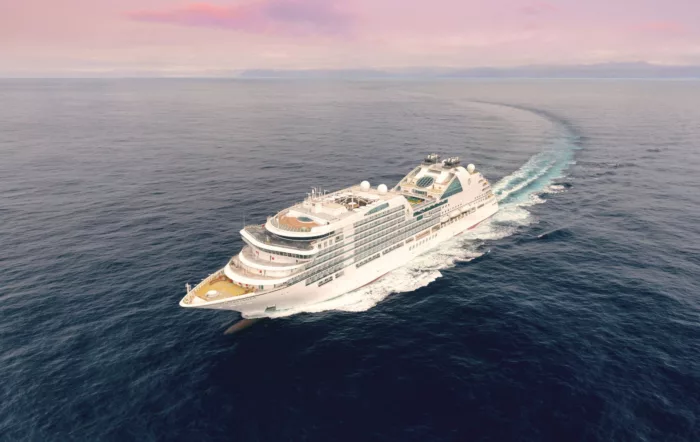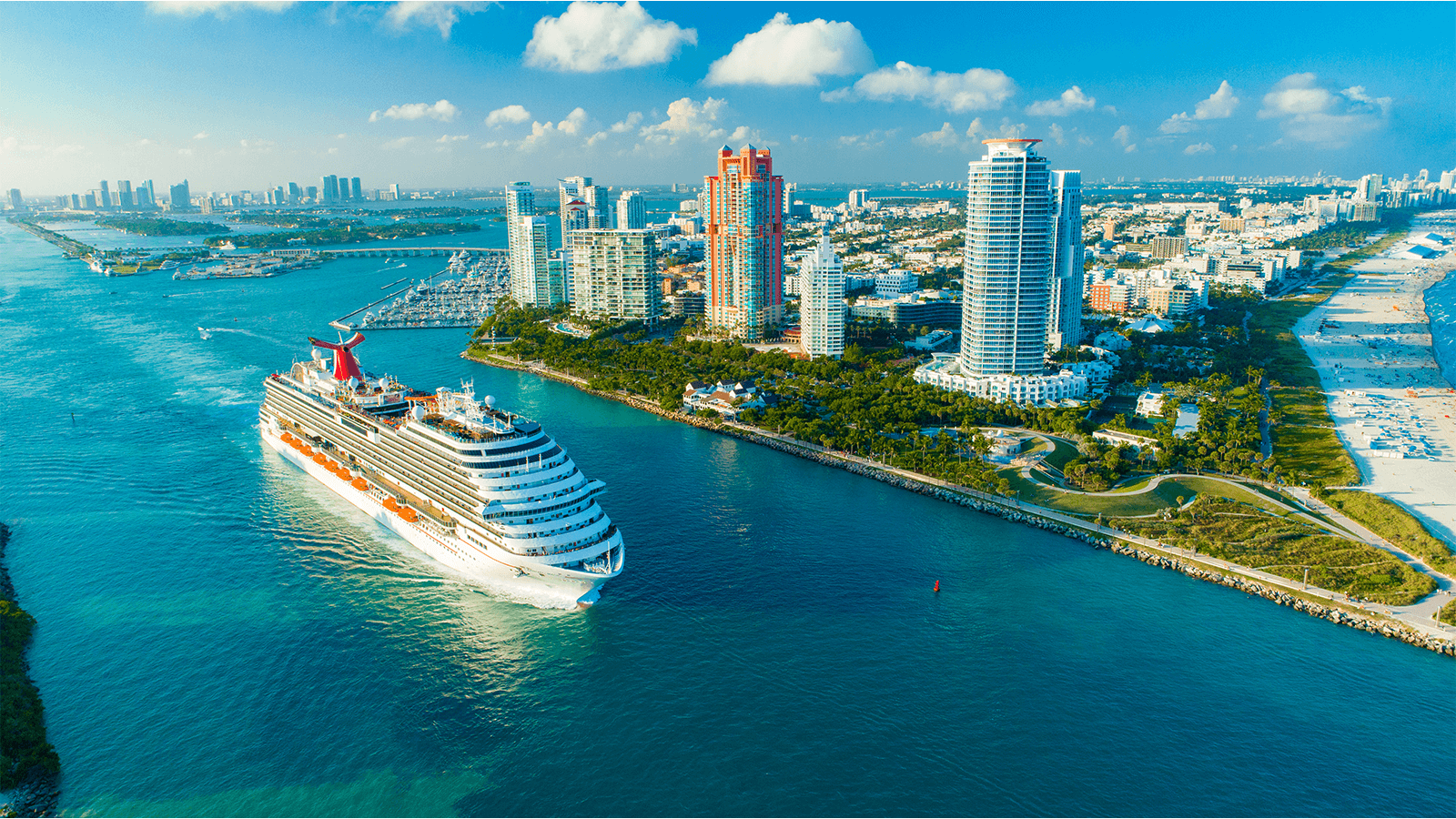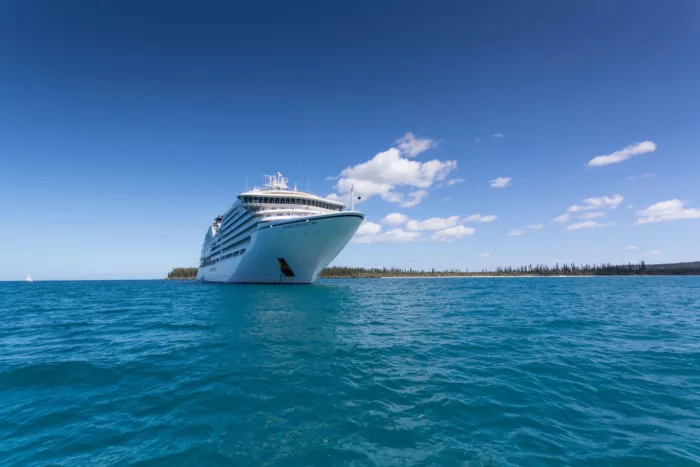Visiting:
Far East

Seabourn
For decadent luxury that sails hand-in-hand with personalised experience and in-depth access to world heritage, may we introduce Seabourn Cruises.
Blending nimble power and grace with beautifully designed spaces, Seabourn ships can be likened to lavish resorts. Except, uniquely, the staff already know you just as they also remember your favourite drink.
450
Passengers
330
Crew
2011
Launched
32000t
Tonnage
198m
Length
26m
Width
19kts
Speed
10
Decks
USD
Currency
Cruise Itinerary
Day 1
Kobe, Japan
Day 2
Tokushima, Japan
Day 3
Takamatsu, Japan
Day 4
At Sea
Relax and make the most of the myriad of facilities available on board the ship, from fantastic entertainment to delicious and diverse dining options.
Day 5
Busan, South Korea
Day 6
Sakaiminato, Japan
Day 7
Tsuruga, Japan
Day 8
At Sea
Relax and make the most of the myriad of facilities available on board the ship, from fantastic entertainment to delicious and diverse dining options.
Day 9
Niigata, Japan
Day 10
Akita, Japan
Day 11
Hakodate, Japan
Day 12
At Sea
Relax and make the most of the myriad of facilities available on board the ship, from fantastic entertainment to delicious and diverse dining options.
Day 13
Yokohama, Japan
Day 14
Shimizu, Japan
Day 15
At Sea
Relax and make the most of the myriad of facilities available on board the ship, from fantastic entertainment to delicious and diverse dining options.
Day 16
Kobe, Japan
Day 17
Hiroshima, Japan
Day 18
Kitakyushu, Japan
Day 19
Busan, South Korea
Day 20
Nagasaki, Japan
Day 21
Amami Ōshima, Japan
Day 22
At Sea
Relax and make the most of the myriad of facilities available on board the ship, from fantastic entertainment to delicious and diverse dining options.
Day 23
Ishigaki, Japan
Days 24 - 25
Keelung (Chilung), Taiwan
Day 26
Hualien, Taiwan
Day 27
At Sea
Relax and make the most of the myriad of facilities available on board the ship, from fantastic entertainment to delicious and diverse dining options.
Day 28
Hong Kong, Hong Kong
Day 29
At Sea
Relax and make the most of the myriad of facilities available on board the ship, from fantastic entertainment to delicious and diverse dining options.
Day 30
Kaohsiung, Taiwan
Day 31
At Sea
Relax and make the most of the myriad of facilities available on board the ship, from fantastic entertainment to delicious and diverse dining options.
Day 32
Manila, Philippines
Day 33
At Sea
Relax and make the most of the myriad of facilities available on board the ship, from fantastic entertainment to delicious and diverse dining options.
Day 34
Coron Island, Philippines
Days 35 - 36
At Sea
Relax and make the most of the myriad of facilities available on board the ship, from fantastic entertainment to delicious and diverse dining options.
Day 37
Bitung, Sulawesi, Indonesia
Day 38
Ternate Island, Indonesia
Day 39
At Sea
Relax and make the most of the myriad of facilities available on board the ship, from fantastic entertainment to delicious and diverse dining options.
Day 40
Bau-Bau, Indonesia
Day 41
At Sea
Relax and make the most of the myriad of facilities available on board the ship, from fantastic entertainment to delicious and diverse dining options.
Day 42
Benoa, Bali, Indonesia

Day 1
Kobe, Japan

Day 2
Tokushima, Japan

Day 3
Takamatsu, Japan

Day 4
At Sea

Day 5
Busan, South Korea

Day 6
Sakaiminato, Japan

Day 7
Tsuruga, Japan

Day 8
At Sea

Day 9
Niigata, Japan

Day 10
Akita, Japan

Day 11
Hakodate, Japan

Day 12
At Sea

Day 13
Yokohama, Japan

Day 14
Shimizu, Japan

Day 15
At Sea

Day 16
Kobe, Japan

Day 17
Hiroshima, Japan

Day 18
Kitakyushu, Japan

Day 19
Busan, South Korea

Day 20
Nagasaki, Japan

Day 21
Amami Ōshima, Japan

Day 22
At Sea

Day 23
Ishigaki, Japan

Days 24 - 25
Keelung (Chilung), Taiwan

Day 26
Hualien, Taiwan

Day 27
At Sea

Day 28
Hong Kong, Hong Kong

Day 29
At Sea

Day 30
Kaohsiung, Taiwan

Day 31
At Sea

Day 32
Manila, Philippines

Day 33
At Sea

Day 34
Coron Island, Philippines

Days 35 - 36
At Sea

Day 37
Bitung, Sulawesi, Indonesia

Day 38
Ternate Island, Indonesia

Day 39
At Sea

Day 40
Bau-Bau, Indonesia

Day 41
At Sea

Day 42
Benoa, Bali, Indonesia
Ship Details


Seabourn
Seabourn Quest
Seabourn Quest is the third iteration of the vessel design that has been called “a game-changer for the luxury segment.”
Cabins
All Prices


















